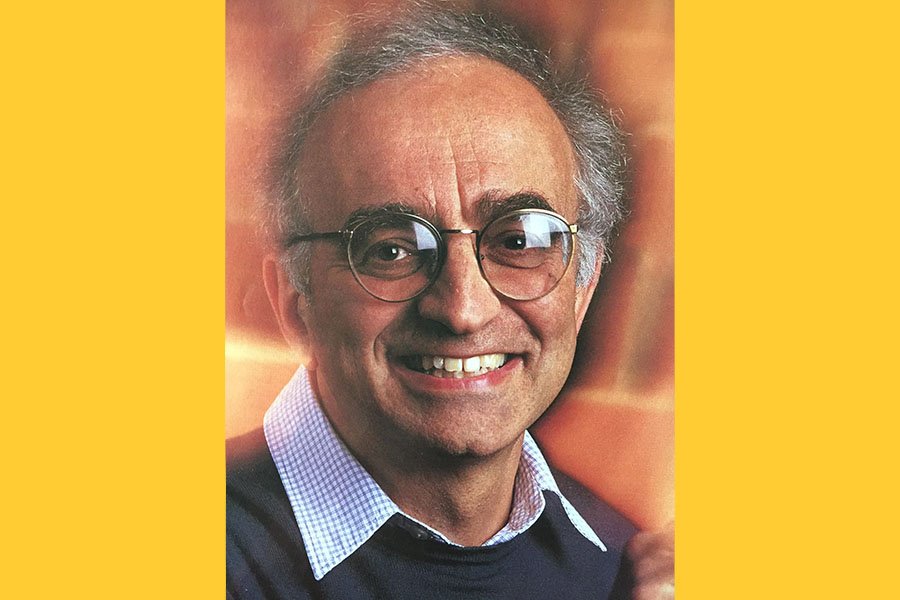Shklovskii elected to the National Academy of Sciences

Shklovskii is a world-renowned expert in theoretical physics as applied to semiconductors and biophysics
Professor Boris I. Shklovskii of the School of Physics and Astronomy has been elected as a member of the prestigious National Academy of Sciences (NAS) for his excellence in original scientific research.
Membership in the NAS is one of the highest honors given to a scientist or engineer. Shklovskii is one of only 120 researchers nationwide to be elected to the Academy this year.
Shklovskii, a world-renowned expert in theoretical physics, is a professor in the University of Minnesota School of Physics and Astronomy. He currently holds the A.S. Fine Chair of Theoretical Physics.
Shklovskii earned his master’s degree in physics from the University of Leningrad in 1965 and his Ph.D. in physics from the Ioffe Institute in 1968 working on the theory of sound absorption in insulators. From 1966 until 1989, he worked in the Ioffe Institute on electronic properties of doped semiconductors. In 1986, he was awarded by the Landau Prize of the Academy of Sciences of USSR for best achievements in theoretical physics.
He joined the faculty of the University of Minnesota and the William Fine Theoretical Physics Institute as Fine Professor of Physics in 1989. He worked on the theory of Quantum Hall Effect and applied ideas of low temperature physics to biologically motivated problems of interaction of large charges in water. His theory explained the counterintuitive phenomenon of charge inversion widely used for DNA in gene therapy. His recent research focuses on electron transport in semiconductor nanocrystal arrays, topological insulators, and oxide heterojunctions.
Shklovskii, a fellow of the American Physical Society, received the prestigious 2019 Oliver E. Buckley Condensed Matter Prize. Shklovskii is the author of more than 260 scientific papers, has presented numerous talks in his field of research, and has mentored more than a dozen graduate students.
The National Academy of Sciences is a private, nonprofit institution that was established under a congressional charter signed by President Abraham Lincoln in 1863. It recognizes achievement in science by election to membership, and—with the National Academy of Engineering and the National Academy of Medicine—provides science, engineering, and health policy advice to the federal government and other organizations.
Of the 10 current living University of Minnesota faculty members in the National Academy of Sciences, three of them are in the School of Physics and Astronomy. To see the full list of University of Minnesota faculty in the National Academy of Sciences, visit the College of Science and Engineering website.
To see the full list of this year's nationally elected members, visit the National Academy of Sciences website.